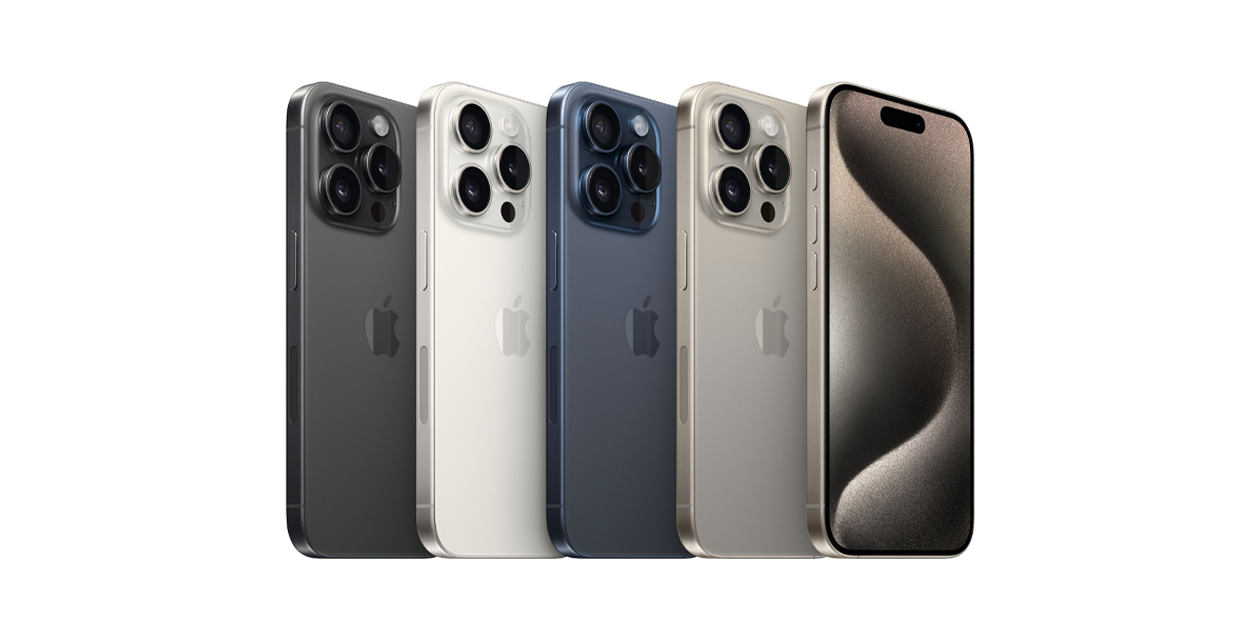Software developers will soon be able to design universal iOS/macOS apps that work with a touchscreen or a mouse/trackpad, depending on whether they’re running on the iPhone and iPad hardware or on a Mac. The app merger initiative, dubbed Project Marzipan, comes as Apple is reportedly planning replacing Intel chips with its own Mac processors.
Mark Gurman, reporting for Bloomberg:
Later this year, Apple plans to let developers port their iPad apps to Mac computers via a new software development kit that the company will release as early as June at its annual developer conference.
Developers will still need to submit separate versions of the app to Apple’s iOS and Mac App Stores, but the new kit will mean they don’t have to write the underlying software code twice, said the people familiar with the plan.
WWDC should take place June 3-7 at San Jose’s McEnery Convention Center.
The ultimate goal of the multi-step initiative is by 2021 to help developers build an app once and have it work on iPhones, iPads and Macs. But despite the app merger plan, Apple has said it won’t combine iOS and macOS into a single operating system so there’s that.
In 2020, Apple plans to expand the kit so iPhone apps can be converted into Mac apps in the same way. Apple engineers have found this challenging because iPhone screens are so much smaller than Mac computer displays.
Hopefully this won’t result in blown-up apps that would look unnatural on non-smartphone screens like those unoptimized Android tablet apps.
By 2021, developers will be able to merge iPhone, iPad and Mac applications into one app or what is known as a ‘single binary.’ This means developers won’t have to submit their work to different Apple App Stores, allowing iOS apps to be downloaded directly from Mac computers—effectively combining the stores.
I’m imagining there’d be one central store that filtered content based on platform. If I visited it on my iPhone, macOS apps would be hidden and vice versa. We’d also need an option to show all apps (like, say, showing iPad apps when browsing App Store’s iPhone-only search results) so one could download and install an app on their Mac from their phone or tablet.
Apple’s hope is that the new frameworks would spur the creation of new software, increasing the utility of the company’s gadgets. Some major developers have discontinued native macOS apps in favor of their web-based counterparts, like Twitter.
The most direct benefit will be to make life easier for the millions of developers who write software for Apple’s devices. For example, later this year Netflix would be able to more easily offer a Mac app for watching video by converting its iPad app.
By 2021, Twitter, which has mostly abandoned the Mac platform, could publish a single app for all Apple customers.
Project Marzipan, if done right, could solve those woes.
A worrying trend among lazy developers toward using third-party software frameworks for building apps once that work across many platforms has resulted in all kinds of garbage software. A very good example of that: Electron-built apps, such as Slack, NordVPN and many others. The major problem with such cross-platform apps is that they don’t really respect each operating system’s platform-specific features. As a result, you don’t get macOS-provided features like spell checking that all native Mac apps get “for free”.

Bloomberg first broke news of Project Marzipan in December 2017, saying Apple was working on new tools to help programmers design, engineer and compile a single app binary which would run across iPhone, iPad and Mac devices. It wouldn’t be until the 2018 WWDC in June 2018 that the company gave a sneak peek at the new frameworks.
We’re now in Phase 1 of Project Marzipan with Apple testing the new frameworks by porting Stocks, Home and other iOS apps to macOS Mojave. The Cupertino firm basically took the curcial iOS frameworks and adapted them for macOS and the behaviors specifically tailored to desktop computing, such as use of trackpad, mouse and windows.
The first Marzipan-built apps are pretty terrible.

If you take a closer look at the Home, Stocks and News apps on your Mac, you’ll notice all sorts of inconsistencies and illogical user interface layouts. You can clearly tell that there’s some intermediary software layer allowing these iOS apps to run on macOS.
That being said, I have no doubt in my mind that Phase 2, 3 and so forth will see major improvements in terms of speed and responsiveness. And when Macs finally ditch Intel chips for Apple-designed processors, I have a feeling these ported apps will run natively on macOS.
And for those wondering, the initiative to replace Intel chips in Macs with Apple-designed ones, code-named Kalamata, is still in the early developmental stages.
Reliable Apple analyst Ming-Chi Kuo listed four advantages for Apple stemming from switching to in-house designed Mac chips. First, Apple could control everything about the Mac’s design and production and be free of the negative impacts of Intel’s unreliable roadmap.
Second, Apple would increase its own profits by lowering processor cost. Third, it could gain market share if those savings translate to lower-priced Macs. And fourth, using its own chips would lead to further differentiation of the Mac platform from rival products.
How do you feel about Project Marzipan? Let us know in the comments!
Top image: The Luna Display adapter turns an iPad into a secondary display






Recent Comments